“This post contains affiliate links, and I will be compensated if you make a purchase after clicking on my links.”
Dog euthanasia is a humane choice of putting your sick or old dog to sleep. And it is considered an “gentle and easy death”.
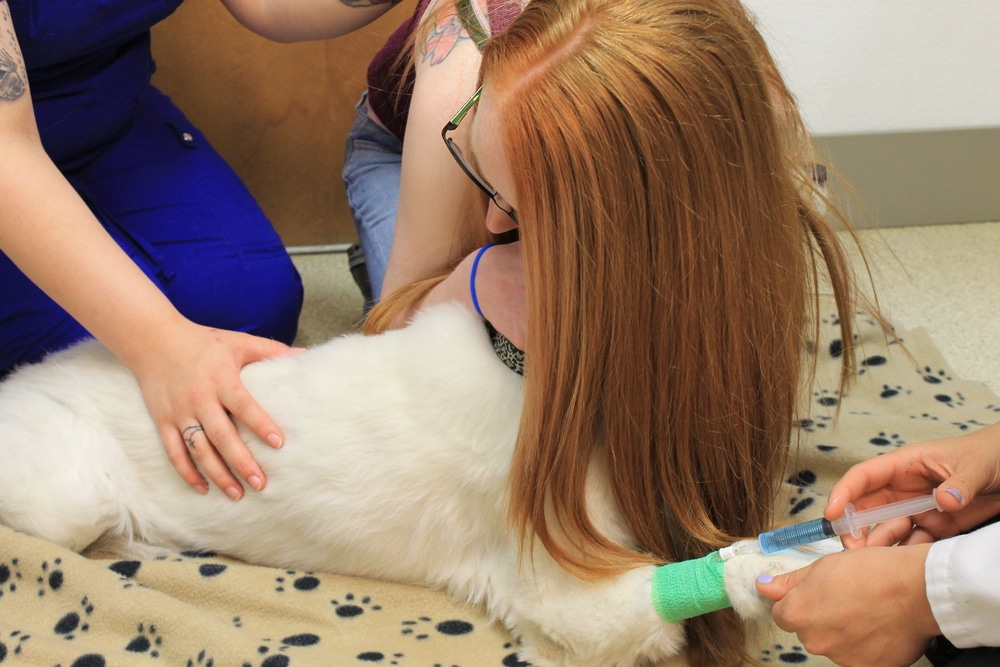
However, this is something every pet owner dreads. But giving them a pain-free and peaceful death is the duty of a responsible pet owner.
Opting for dog euthanasia for your beloved pet is never an easy decision. But how do you know when it’s time to gently let your dog go?
In this article, we will discuss what to ask your veterinarian to determine if treatment is an option. Or how to assess your pet’s ability to fulfill basic needs and how to assess your pet’s general quality of life.
After that, we will discuss what to expect when it is time to euthanize your dog. And your options to care for your dog’s remains.
Continue reading below to see how to make the painful decision and what to expect during the process.
Before the dog euthanasia process
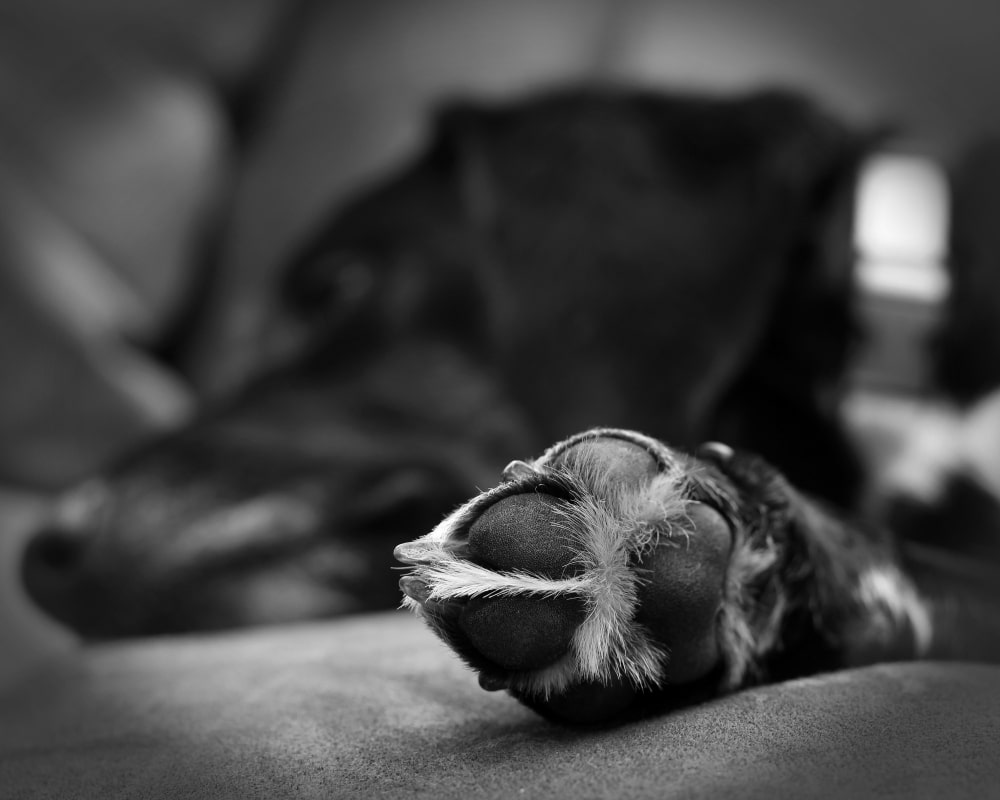
Before opting for dog euthanasia, you have to consult your dog’s health with your veterinarian and discuss the following:
1. What health conditions does your pet have?
Your veterinarian may need to do some basic testing such as blood work and x-rays to assess your pet’s health.
2. Are further diagnostics and treatment worthwhile?
Veterinary medicine has come a long way. We have things like MRIs, radiation therapy, and chemotherapy available for our pets. However, just because these things are available does not mean they will change your pet’s prognosis.
Discuss with your veterinarian what you’ll gain if you get more diagnostic tests and treatments. And discuss with them the risks and benefits as well. If the results will not significantly alter your pet’s situation, it may not be wise to push through.
3. Get a referral for a second opinion
It never hurts to have a second expert opinion on your pet’s health. In fact, your veterinarian can refer you to a board-certified specialist.
4. Be reasonable
Access to diagnostic tools or treatment does not mean it’s a good option, especially when talking about an elderly pet. Do not hesitate to talk to your veterinarian about what is reasonable in your pet’s case and for your finances. Unfortunately, we do have to consider finances when caring for our pets.
3. Focus on the expected outcome
Once you develop a plan with your veterinarian, make sure it has an outcome. Whether that outcome is to solve a health problem or to increase quality of life but not cure a problem.
Dog euthanasia: Basic information to know about your dog
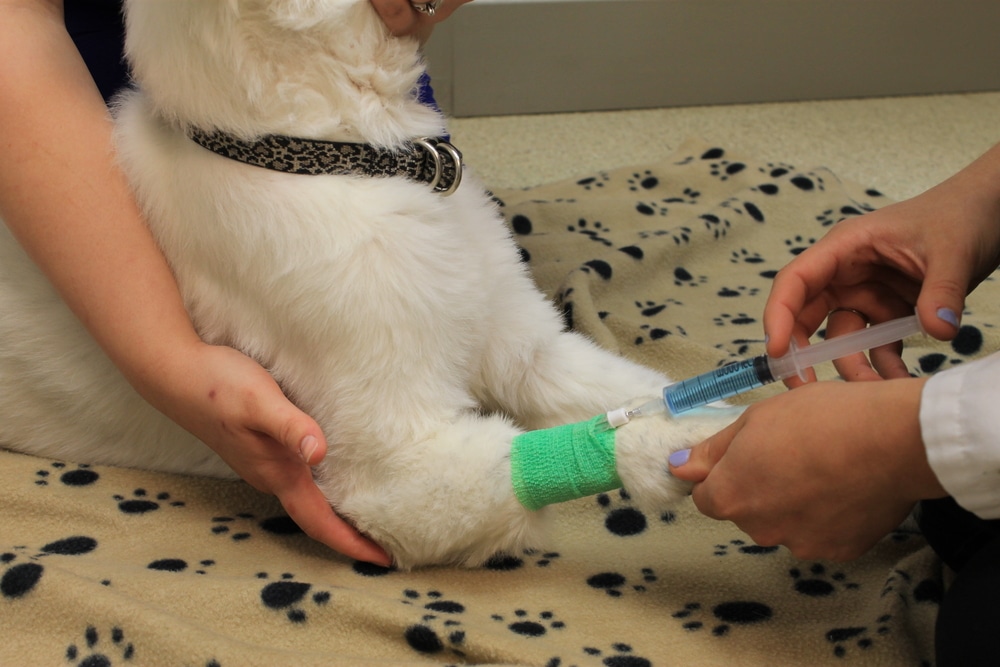
Now that you’ve consulted with your veterinarian, it’s time to really think about and consider the following:
1. Food
Is your pet physically able to eat? Does your pet have a medical condition causing them loss of appetite and weight? Have you discussed with your veterinarian if a special diet may help your pet?
If your pet is supposed to eat a special diet and refuses, discuss with your veterinarian an alternative diet.
2. Water intake
Is your pet drinking? Are they drinking much more than they normally would? Are they drinking water from unusual places? Do you suddenly not need to fill the water bowl?
Be sure to tell your veterinarian about your pet’s drinking habits. This can be important information. Never restrict your pet’s water intake unless your veterinarian provides you with specific instruction to do so. Restricting water can cause dehydration and be dangerous to your pet.
3. Bathroom habits
It is important that you tell your veterinarian about your pet’s bathroom habits. If your pet goes to the bathroom outside without you, check the yard daily. Look for any changes in amount or consistency of the stool. Note any straining when your pet urinates or defecates.
Additionally, watch your dog or check their cage for urine. Note any changes in the urine amount, frequency, or color. And report any changes to your veterinarian.
Evaluating and monitoring your dog’s quality of life
Quality of life refers to your pet’s ability to enjoy themselves as they usually have. This may include going for walks, playing fetch, rough housing with pals, enjoying favorite treats, and generally being comfortable.
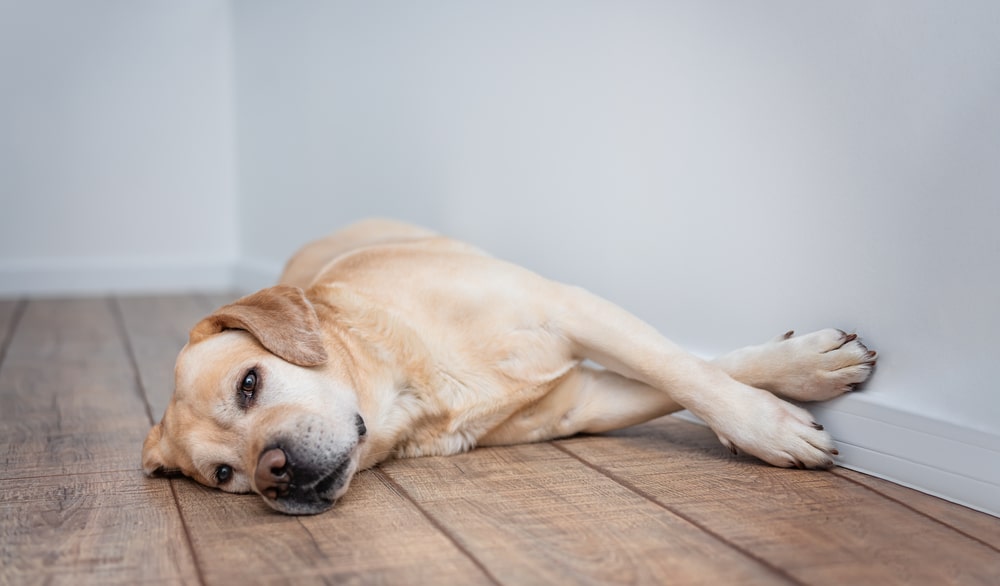
Here are 2 methods to help evaluate and monitor your pet’s quality of life:
- The List: Make a list of all of the things and activities your pet enjoys. If your dog can’t do anything from the list, cross them off. When you have more items crossed off, go back to your veterinarian. And discuss whether or not it may be time to opt for dog euthanasia.
- Distress: If your pet is distressed by their inability to participate in favored activities, go back to your veterinarian to discuss this. For example, if your dogs wrestle and the other one whines and tries to get up but is unable to participate, they are likely distressed by the situation. Or if one of your dogs have passed away, the other dog can get depressed because of it.
Dog euthanasia expectations
Now that you’ve made the painful decision to let your dog go, what next? Here are some factors to consider and expectations when the time comes.
Veterinarian’s office vs. Home
Typically your veterinarian performs dog euthanasia in their office. Depending on your locality, your vet may offer house calls. Or may be able to refer you to a vet that does house calls.
Do you want to be with your dog when he/she is euthanized?
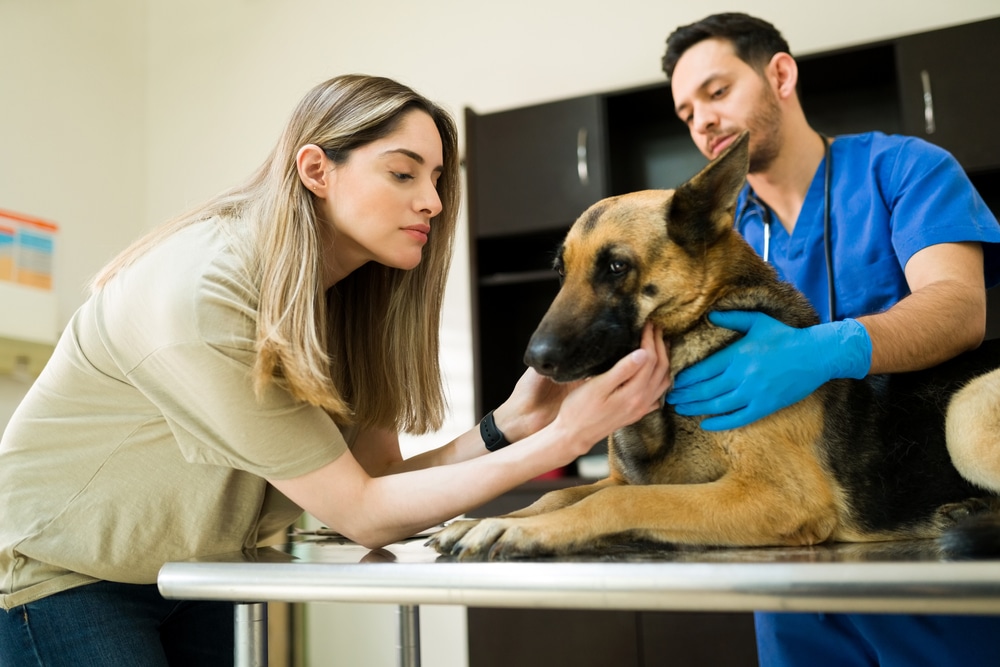
Many people want to be there for the euthanasia, but some don’t. And it’s okay if you do not want to be there. Your veterinarian and their staff will stay with your dog. Or you can opt to have your pet sedated, stay with them, and leave once they are sleepy.
When it comes to dog euthanasia, do not hesitate to talk to your veterinarian about what you’ll be comfortable with.
Sedatives
Your vet will discuss with you whether or not a sedative is appropriate for your pet. Some pets that don’t like the vet can be sedated at home before coming to the clinic.
Additionally, prior to dog euthanasia, your veterinarian may give your pet a sedative in the office. They may recommend this depending on your pet’s state when they come in.
What happens when your dog is euthanized?
Your vet will administer an overdose of an anesthetic agent in your pet’s vein (location of administration may vary by type of pet). They tape into place a butterfly catheter or an IV catheter.
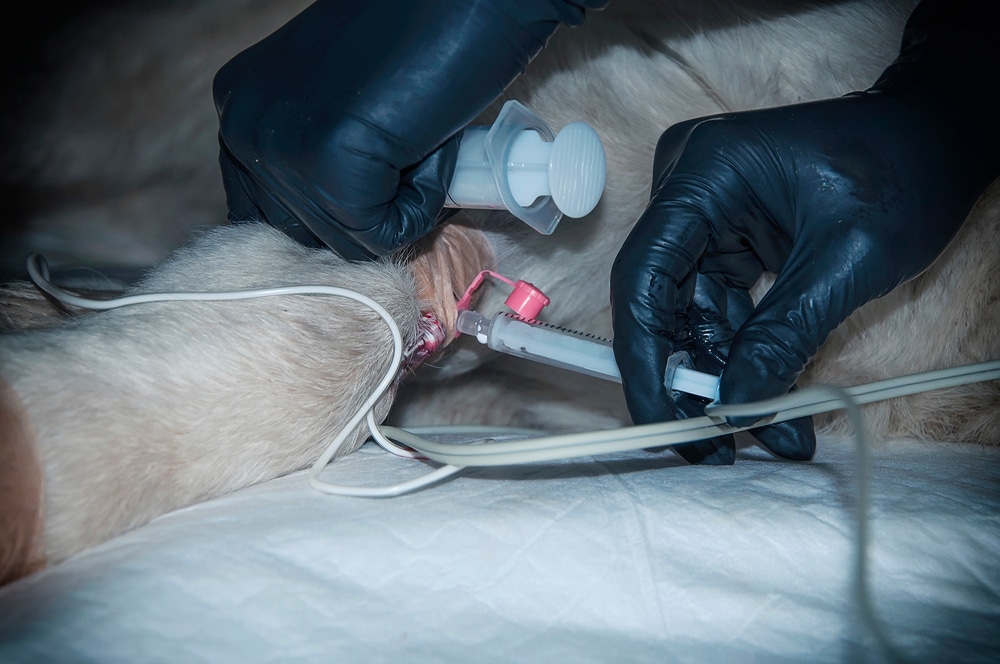
Following the injection, your pet will fall asleep and their heart will stop. It is not uncommon for the pet to take breaths or let out a sigh shortly after the agent is administered.
Your pet may also release their bladder and bowels. If your pet is on a special blanket, you may want to move it to the front end of your pet to prevent it from becoming soiled.
Your veterinarian will carefully monitor your pet to assure that they have passed away.
Types of dog burials
What do you do next? What are your options in taking care of your pet’s body after it is euthanized? Here are types of burials you can consider:
Group cremation or burial

Your veterinarian typically offers this through a pet cemetery/crematorium. With this option, your pet is cremated or buried with others.
Remains are typically buried in a pet cemetery. And they are often deposited somewhere such as an orchard.
Furthermore, your veterinarian can tell you what the company they use does with the group remains. And this is typically the least expensive option your veterinarian will offer.
Private cremation
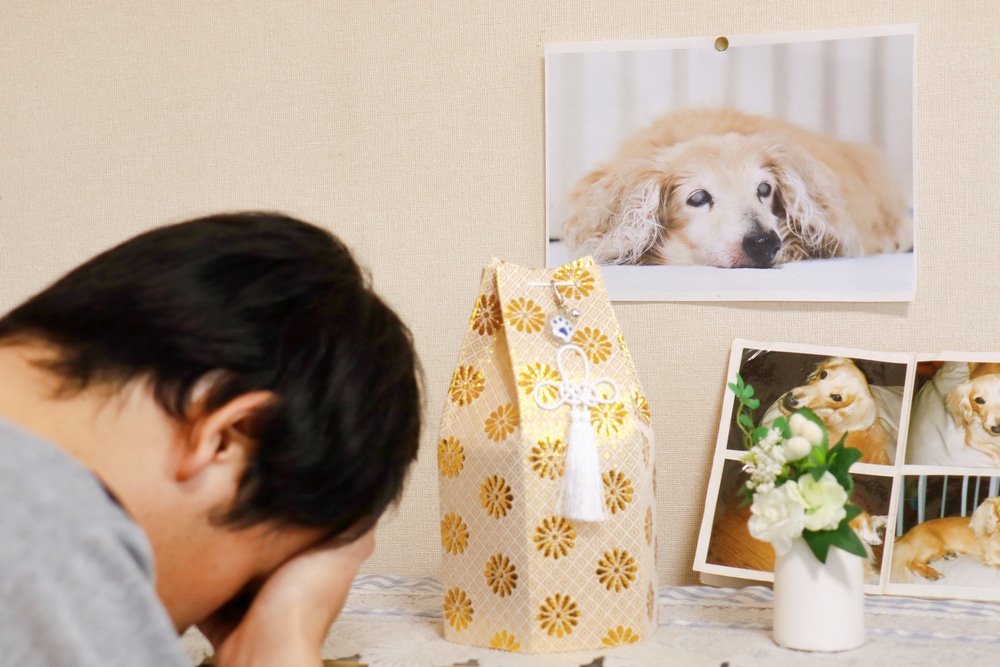
A pet crematorium will cremate your pet individually. The ashes are placed in an urn and returned to the owner.
Your veterinarian may take care of transporting your pet’s body for cremation or they will have information for you to do so.
The standard urn is typically a wooden box. And the remains are sealed in a bag and the box is usually screwed shut.
If you want to move the remains to a different urn, do not be afraid to open the box. You may also be able to purchase a special urn from the crematorium. You can always ask your veterinarian about availability of special urns.
Burial at home
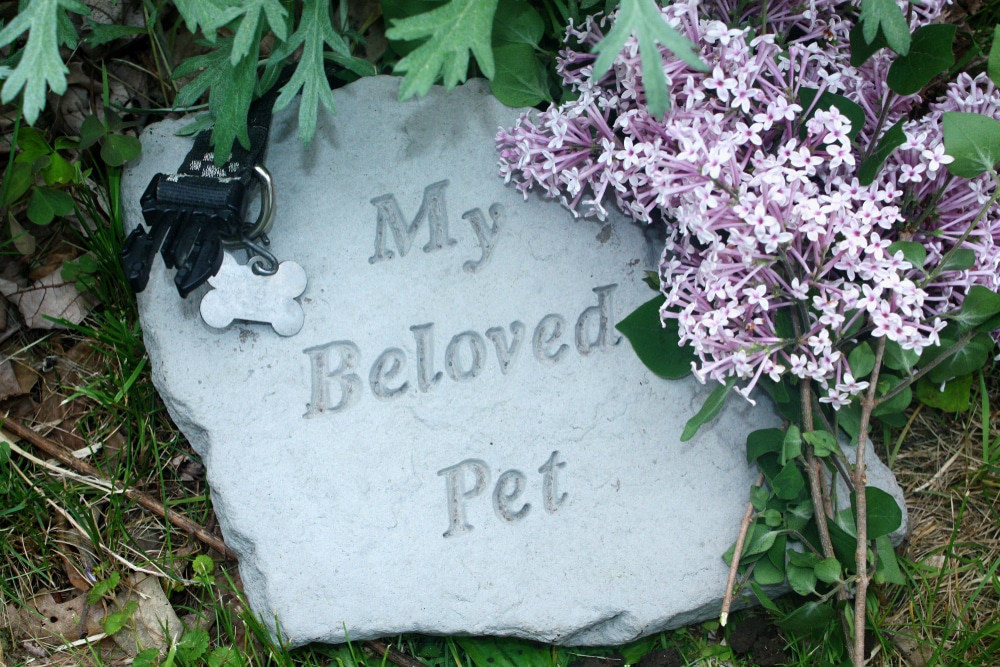
You may wish to bury your pet at home. Just be aware of your local regulations regarding burying bodies on your property. It is not permitted in all areas.
Additionally, be sure your pet’s body is well sealed in a bag prior to burial. You will want to bury them deep enough to deter scavengers from digging up the grave.
Conclusion
Dog euthanasia is typically a very gentle and peaceful process. But it is something that every dog owner dreads but must face one day.
When you think it’s time to say goodbye to your furry friend, consult with your veterinarian. They can answer any questions you may have about the whole dog euthanasia process.



















